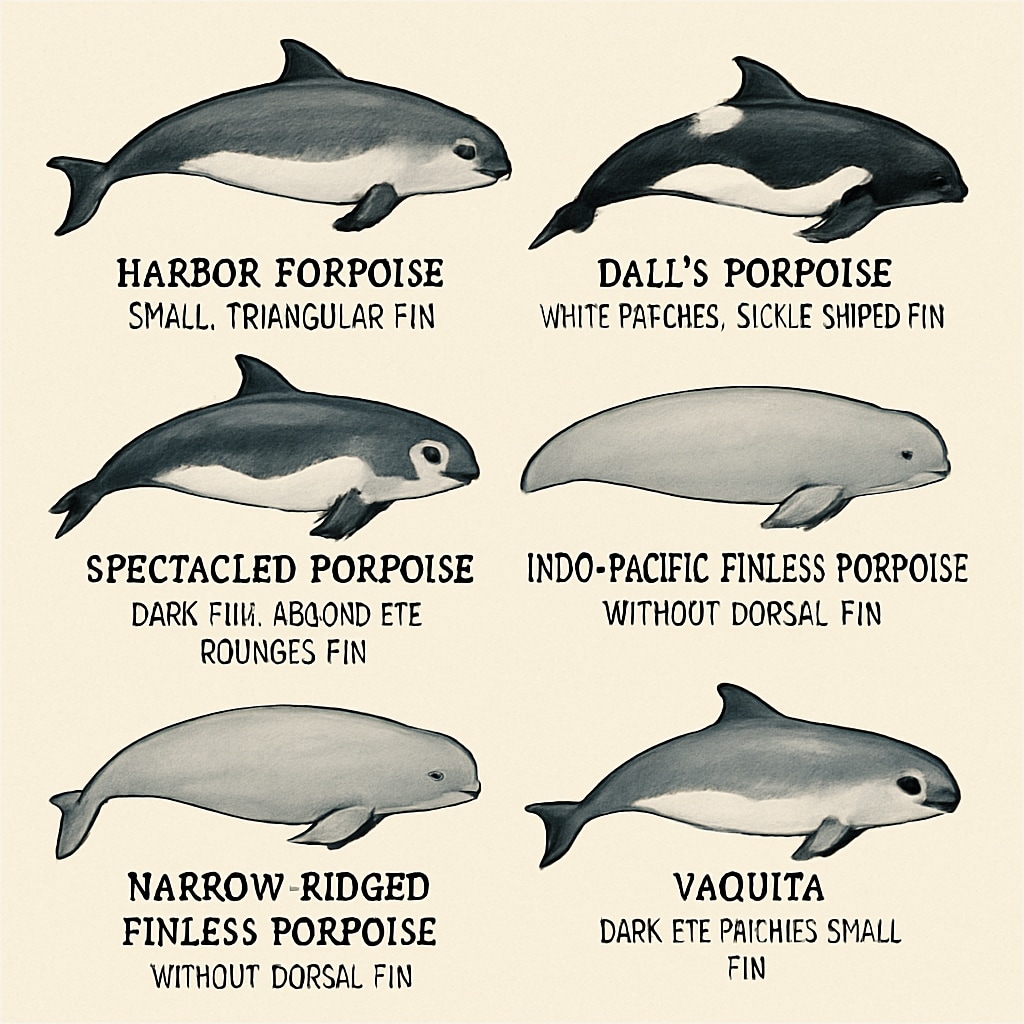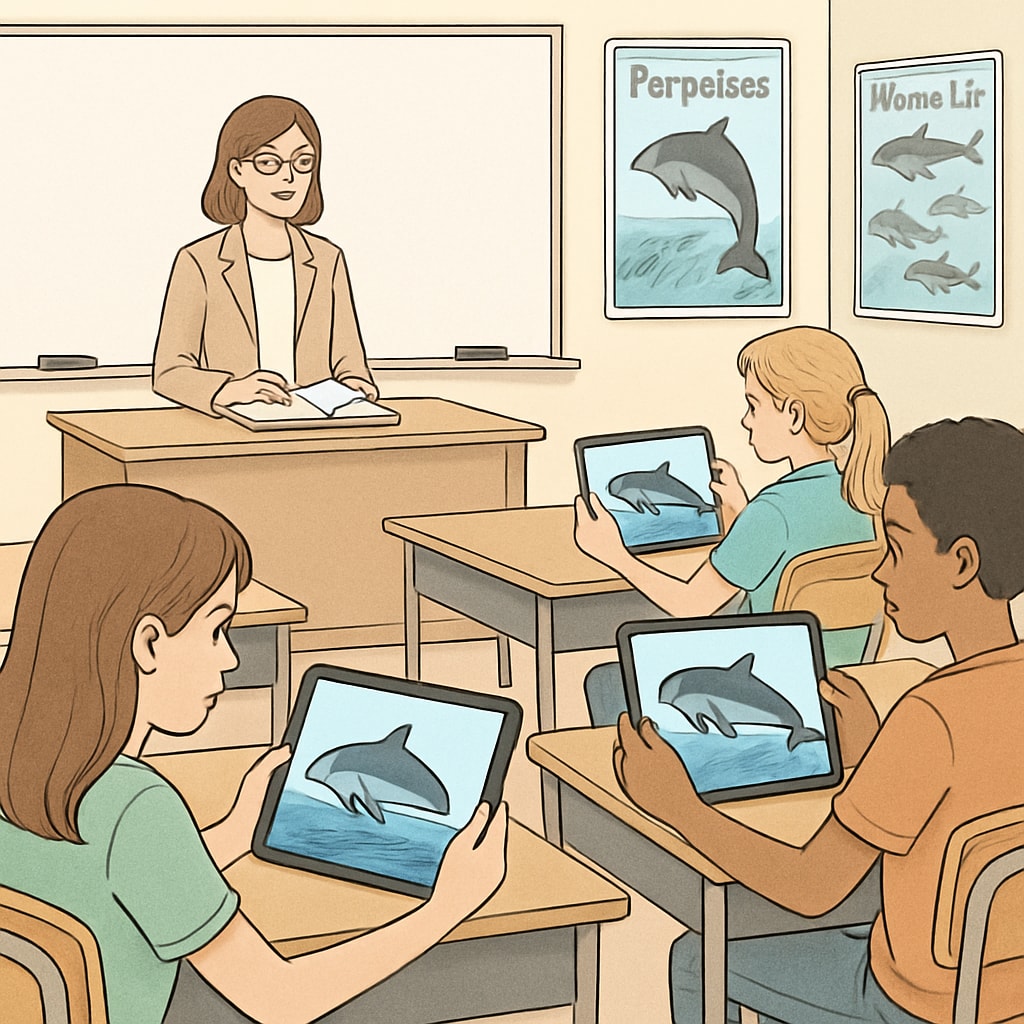Porpoises, a fascinating group of marine mammals, can play a unique role in inspiring K12 students to explore marine biology. By focusing on porpoise species and integrating these marine animals into classroom activities, educators can spark curiosity about the ocean’s biodiversity. This article outlines how visual and interactive teaching methods that feature porpoise species can cultivate scientific inquiry and environmental awareness in students.
Understanding Porpoises: A Gateway to Marine Biology
Porpoises, often confused with dolphins, are small cetaceans known for their rounded bodies and blunt snouts. There are six recognized species of porpoises, including the harbor porpoise (Phocoena phocoena) and the critically endangered vaquita (Phocoena sinus). Teaching students about these species opens the door to broader discussions about marine ecosystems, the food chain, and the impact of human activities on ocean health.
For example, the plight of the vaquita, with fewer than 20 individuals left in the wild, illustrates the importance of conservation. This real-world scenario engages students emotionally, motivating them to think critically about how to protect marine life.

Innovative Visual Tools for Teaching Porpoise Species
Visual aids are crucial in making abstract concepts tangible for students. Incorporating multimedia presentations, interactive infographics, and high-resolution images can transform lessons about porpoise species into immersive experiences. For example:
- Infographics: Use infographics to compare the physical features, habitats, and diets of different porpoise species.
- Videos: Show documentaries or clips of porpoises in their natural habitats to enhance understanding of their behaviors.
- Augmented Reality (AR): AR applications can allow students to “interact” with 3D models of porpoises, observing their anatomy up close.
These tools not only make learning engaging but also help students retain information more effectively. For instance, a short video on the challenges faced by the vaquita could be paired with a classroom discussion on sustainable fishing practices.

Interactive Learning: Bringing Marine Conservation to Life
Interactive activities can deepen the impact of visual learning by encouraging students to apply their knowledge. Here are some ideas:
- Role-Playing Games: Organize a role-playing activity where students take on the roles of marine biologists, policymakers, and local fishermen to discuss solutions for porpoise conservation.
- Art Projects: Have students create posters or dioramas depicting porpoise species and their habitats.
- Citizen Science: Introduce students to platforms like eBird or iNaturalist, where they can contribute to real-world data collection and learn about marine conservation efforts.
These hands-on experiences not only foster scientific curiosity but also instill a sense of responsibility for protecting the environment.
Why Focus on Marine Education in K12?
The earlier students are introduced to marine biology, the more likely they are to develop a lifelong appreciation for the ocean. Porpoises serve as an excellent entry point due to their unique characteristics and the compelling conservation stories surrounding them. Incorporating marine education into K12 curricula can:
- Encourage critical thinking and problem-solving skills.
- Promote an understanding of global environmental challenges.
- Inspire students to pursue careers in STEM (Science, Technology, Engineering, and Mathematics).
As a result, students not only gain knowledge but also become advocates for marine conservation in their communities.
In conclusion, porpoise species offer a unique way to engage students in the study of marine life. Through visual aids, interactive activities, and real-world conservation stories, educators can inspire the next generation to explore the wonders of the ocean and take action to protect it. By integrating these methods into K12 education, we can ensure that young learners develop both scientific curiosity and a strong sense of environmental stewardship.
Readability guidance: This article uses short paragraphs, active voice, and clear transitions to maintain readability. Visual and interactive teaching methods are emphasized to align with K12 learning styles.


